Surb Sargis church of Mokhrenes
Location
Surb Sargis Church (Fig. 1) is located in the center of the Hadrut region's Mokhrenes village.
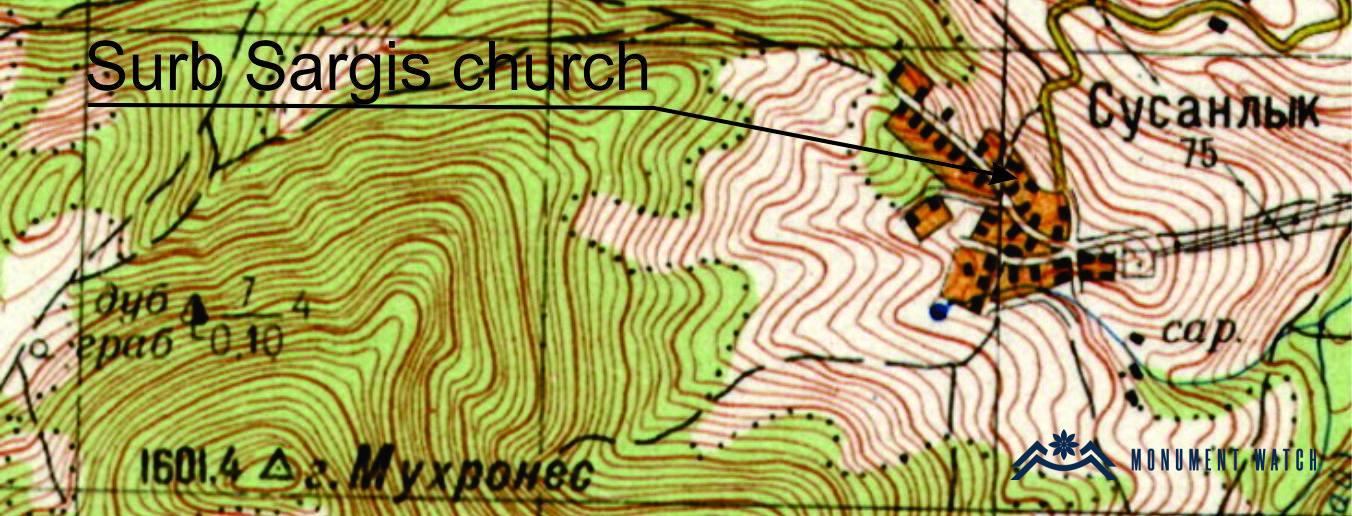
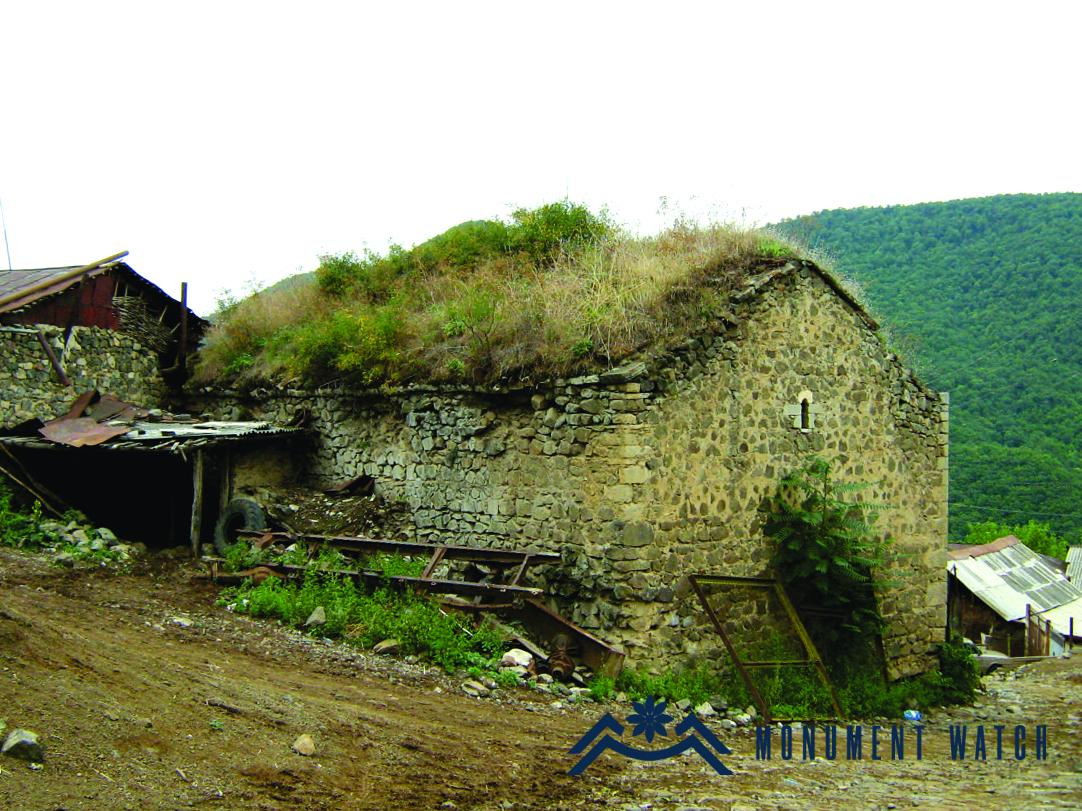
Fig. 1 The church from the north-west. The photo is from the certificate provided by the Ministry of Education, Science, Culture, and Sport of the Republic of Artsakh.
Historical overview
The village of Mokhrenes is 28 kilometers west of Hadrut city. The name of the village appears in the Gtchavank construction inscriptions as Mokhenis (Hakobyan 2009, 92). According to M. Barkhudaryan, "the inhabitants of the village are indigenous and native to the village." (Barkhudaryants 1895, 55).
Mokhrenes has been occupied by Azerbaijan since October 2020.
Architectural-compositional examination
The church is a single-nave vaulted hall with a rectangular architectural plan. The 18th and 19th centuries are likely construction eras of the monument. It is constructed of local white limestone and lime mortar. It is situated on a sloping hill, which causes the north-eastern part to outwardly stick into the ground. Due to this position, the church porch was placed on the southern facade. The entrance has an emphasized dimensional solution: huge polished column bases and attached columns; sculptured capitals, and an arc, a wide lintel (fig. 2). The roof has two slopes and is glazed and tiled. It is edged and bordered with polished slabs.
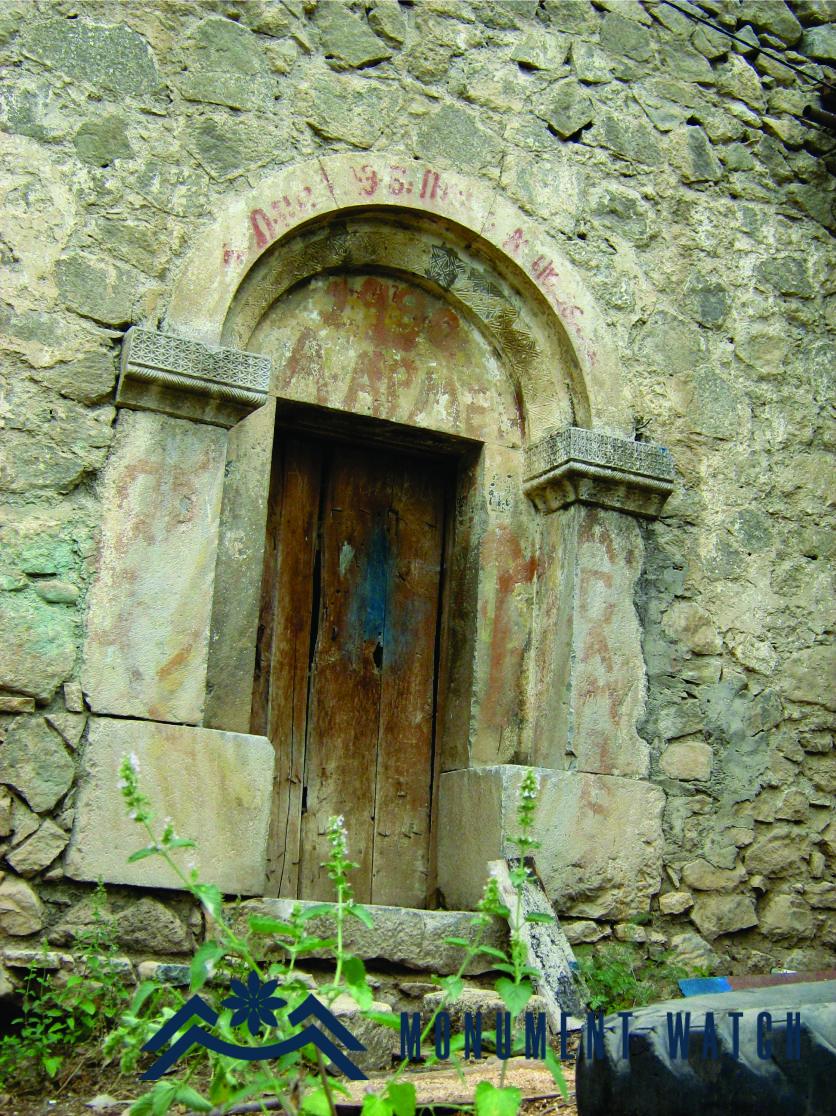
Fig. 2 The entrance of the church. The photo is from the certificate provided by the Ministry of Education, Science, Culture, and Sport of the Republic of Artsakh.
The semi-circular vault is supported on the inside by polished arches rising from the squinches.
The tabernacle is semicircular, with sacristies on both sides, but no bema (fig. 3). The external corner stones of the walls and the window corner stones are also polished (figs. 4, 5). It was initially lit by two small windows in the western and southern walls, but during the Soviet era, another big window in the southern wall was opened.
On the northern wall, the baptismal font has been preserved.
During the Soviet era, the church's interior was plastered and used for economic purposes.
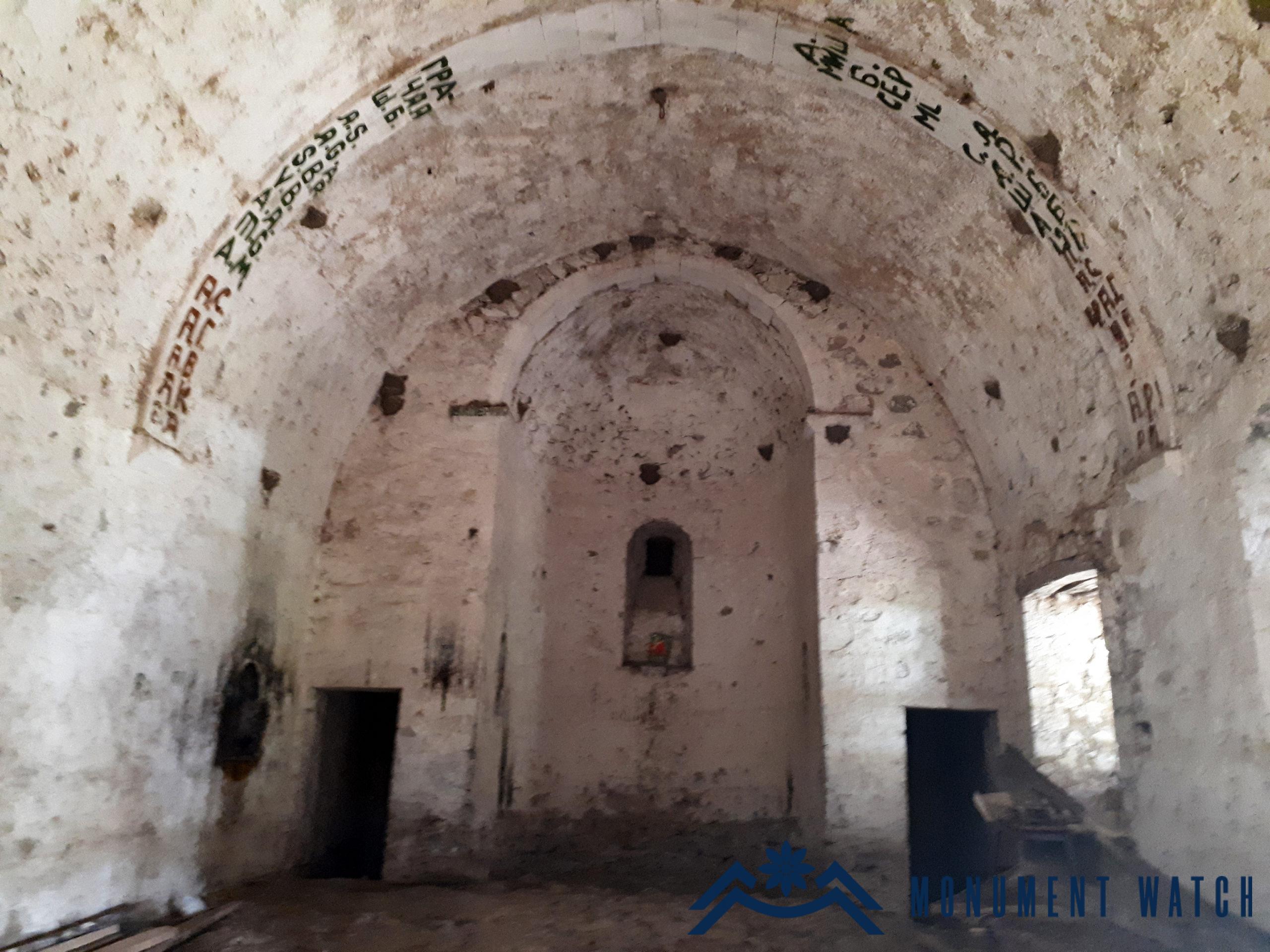
Fig. 3 The interior of the church, 2019, photo by G. Budaghyan.
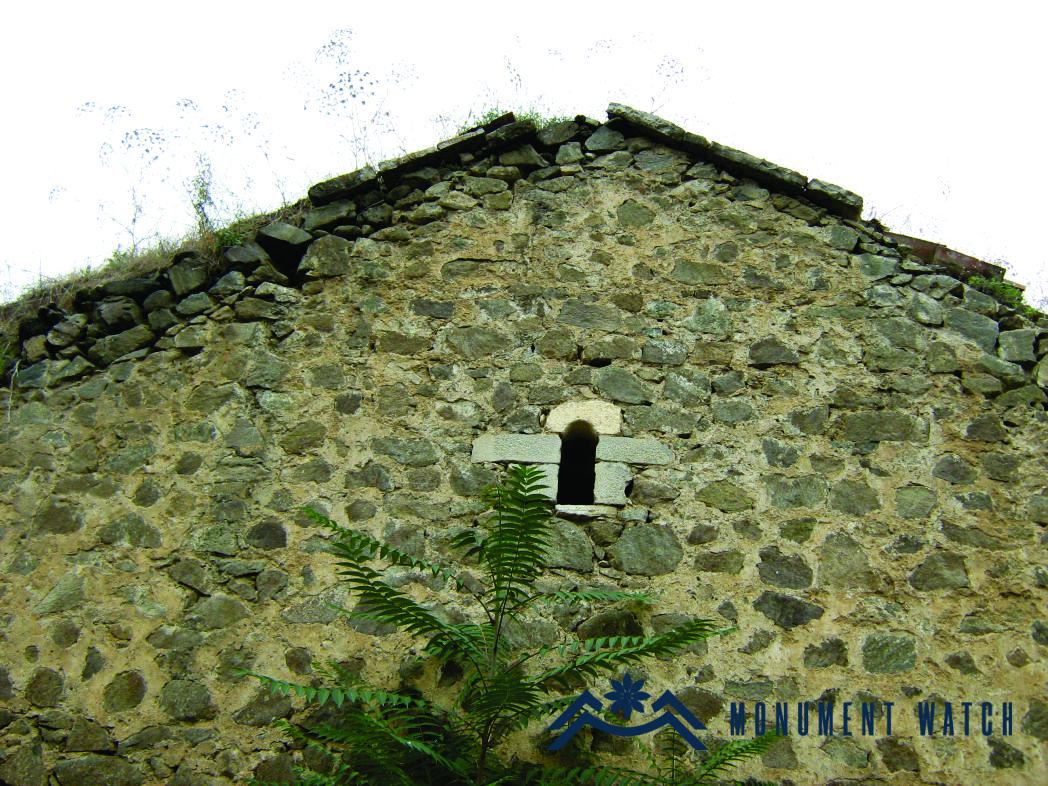
Fig. 4 The western window. The photo is from the certificate provided by the Ministry of Education, Science, Culture, and Sport of the Republic of Artsakh.
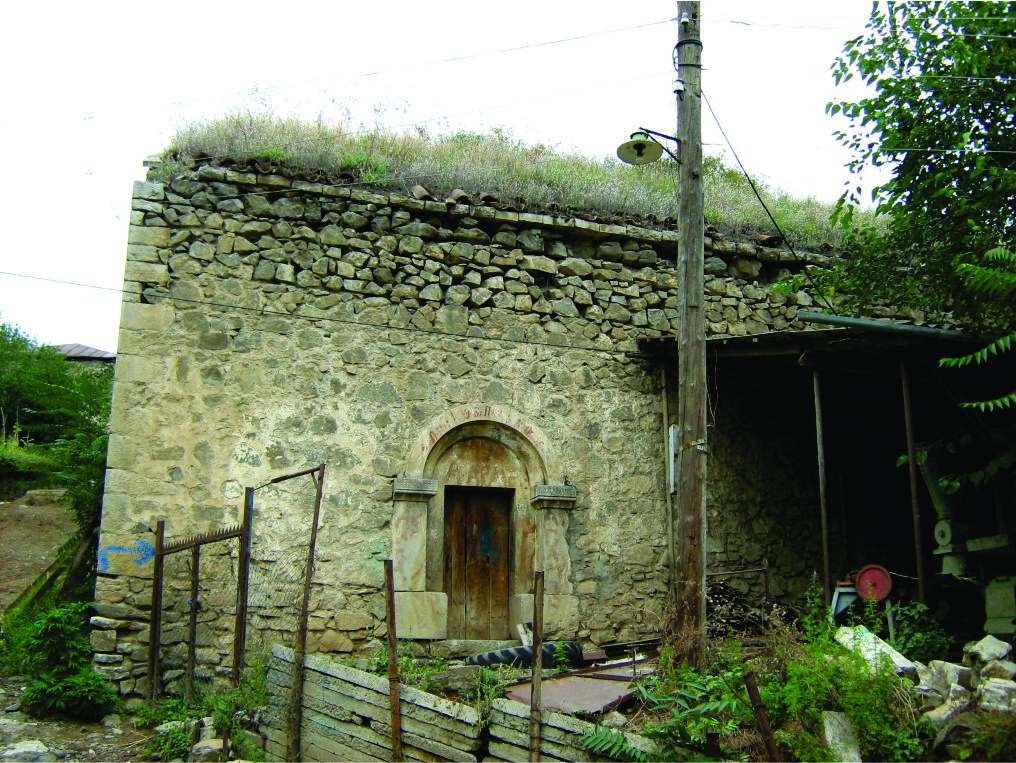
Fig. 5 The church from the south. The photo is from the certificate provided by the Ministry of Education, Science, Culture, and Sport of the Republic of Artsakh.
The condition before, during, and after the war
The church was in impeccable condition prior to the war. It was not damaged during military operations in 2020. According to photos posted by Azerbaijanis after the war, the church is still intact (fig. 6). But on october 11th, 2022 while studying satellite imagery published by the team of the "Caucasus Heritage Watch" project of Cornell University, USA, it became obvious that Azerbaijan completely destroyed the church
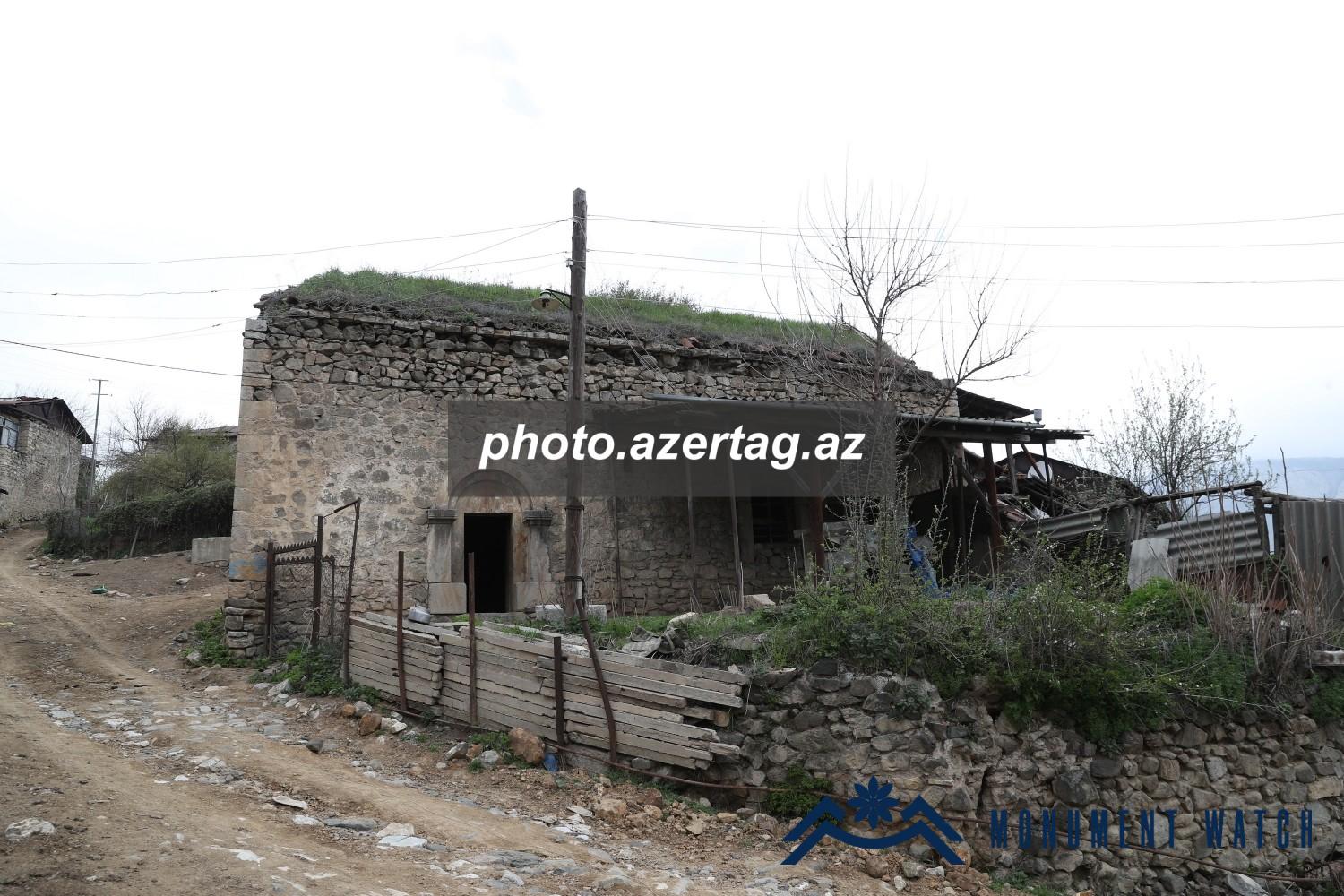
Fig. 6 The church after the Azerbaijani occupation, the source of the photo: https://photo.azertag.az/search?query=Xocav%C9%99nd&fbclid=IwAR3tw7OSzluz_k7Tu8nN8x-3-3JirWFJee_24CSN5M9lx4LTdbkFLgZ2YoM.
Bibliography
- Barkhudaryants 1895– Barkhudaryants M., Artsakh, Baku.
- Mkrtchyan Sh., Historical and architectural monuments of Nagorno Karabakh, Yerevan, 1985.
- Hakobyan 2009 – Hakobyan A., Historical-geographical and epigraphic studies (Artsakh and Utik), Vienna-Yerevan.
Surb Sargis church of Mokhrenes
Artsakh